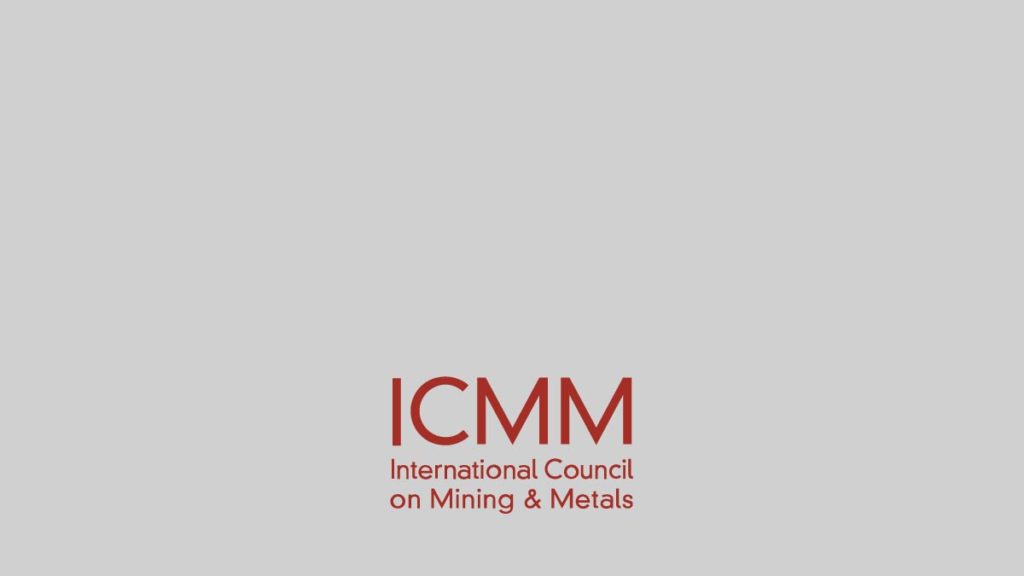
Tool 1 – Mapping the Value Chain
Mapping the Value Chain
This tool is aimed at helping ICMM members understand and prioritise expectations of their external stakeholders, evaluate their procurement spending and develop priorities for integrating sustainability into purchasing processes.
Step Guide
STEP
1
Conduct an analysis of your spending – analyse your procurement spending for high-volume, high impact products or analyse your business procurement processes to better align them with sustainability outcomes
STEP
2
Look at Table 2 (p17) as an example of a high-level spend analysis
STEP
3
Download Table 3 (p18)
STEP
4
Consider the list of questions in Table 3 for the different stages of your procurement process
Other SP activities to consider include:
- Conducting a baseline study of spending
- Training procurement specialists on sustainability and integrating it into purchase and product specifications
- Whether environmental and social aspects exist in product categories or services you purchase
- If there are credible eco-labelling or certification schemes available for product categories or services you purchase
- Training suppliers/vendors on your environmental and social policies and how these are integrated into procurement policies and product and service specifications
- Pursuing collaboration with key vendors on specific aspects of concern
- Documenting costs savings and impacts that have been reduced/avoided through your SP initiative
- Integrating performance measures and tracking into contracts
Top Tips:
Possible problems when adding responsible sourcing into supply chains:
- No current RSP – find out why
- Downstream market activity is requiring an RSP – identify key stakeholders and define concerns and expectations; determine existing practices; evaluate RSP models that might work for your value chain; internally discuss the business case for an RSP
- You expect the demand for an RSP to rise or you believe there is business value in establishing one – look at the above solutions but also determine if there is demand in end-use markets for ‘certified’ products. Identify credible partners from in and outside the value chain to work and begin the process of developing standards where none exist. Create a governance structure and business model
- You need to evaluate whether to participate in an existing RSP – Does the RSP have a robust governance structure? Are respected and credible stakeholders with an understanding of the mining and metals industry involved? Are there enough value chain actors to meet demand for the “certified product”? What are the required costs and resources? What are the implications of not participating?
Community, Economics, Environment, Ethical Business, Management, Rehabilitation
Traceability at Newmont
The first gold refinery to recognise the importance of traceability

